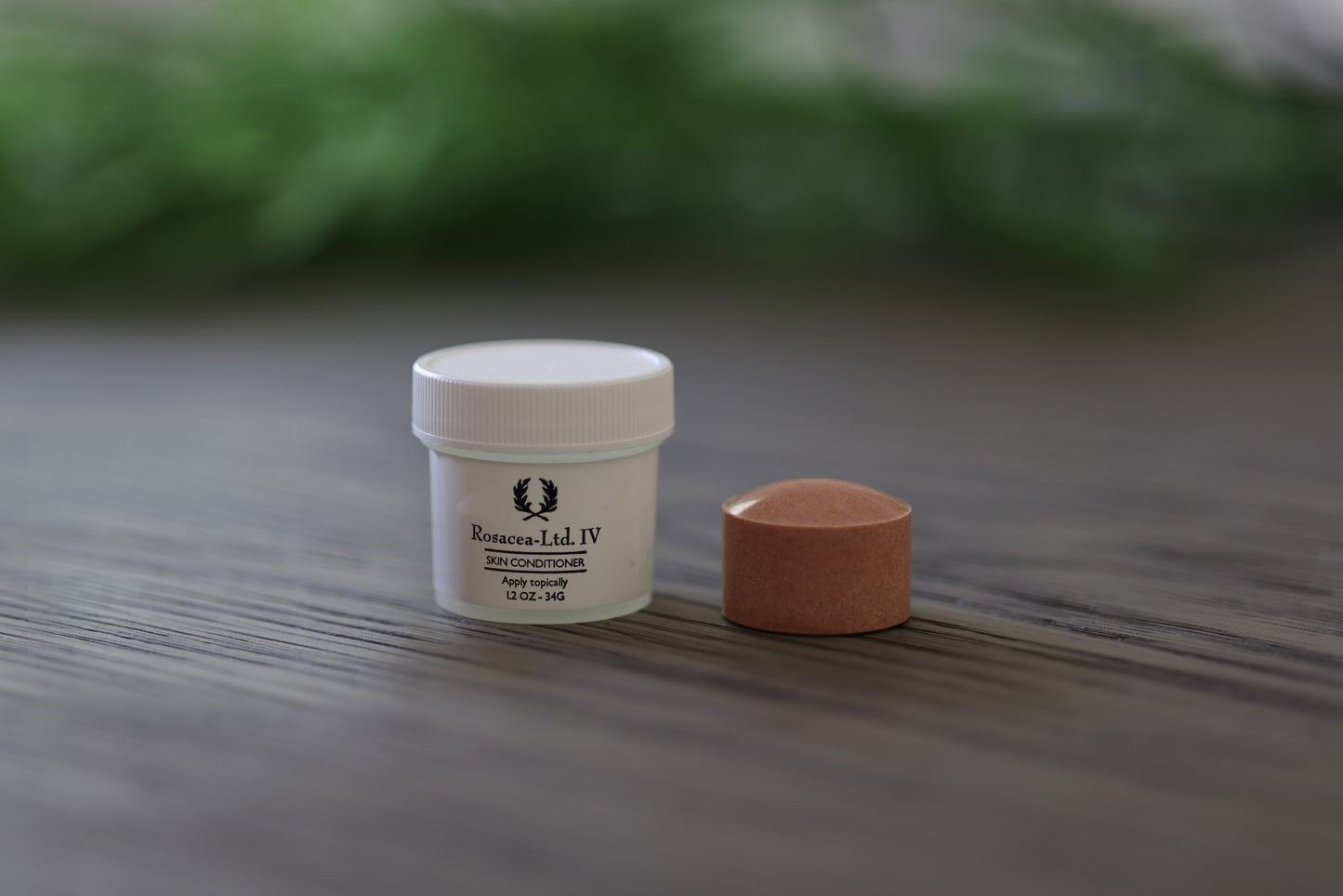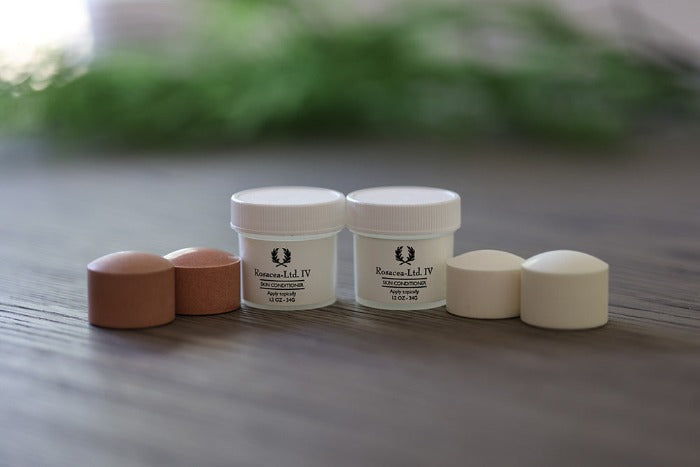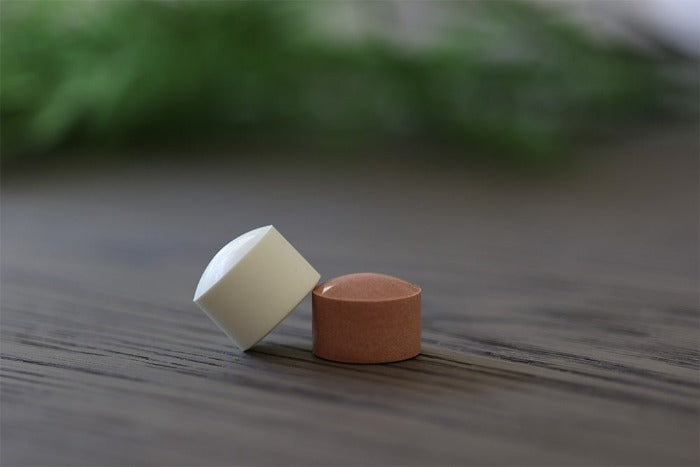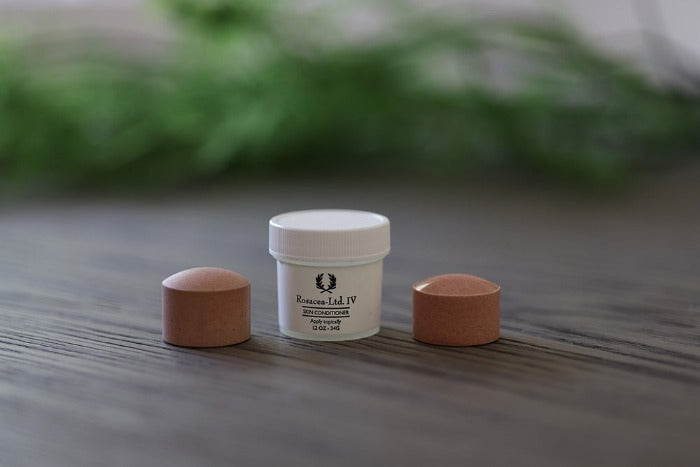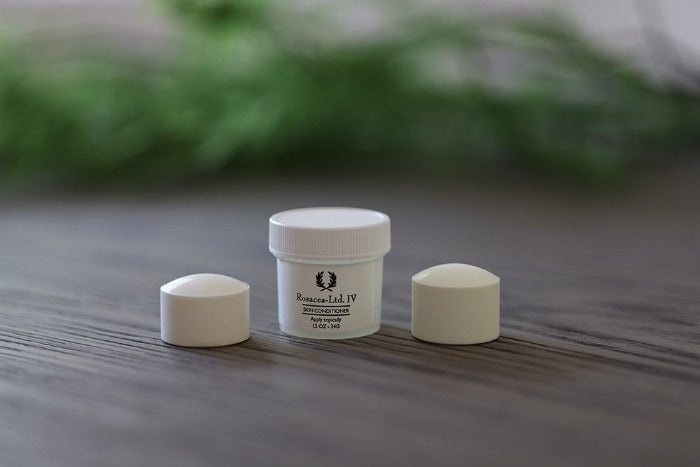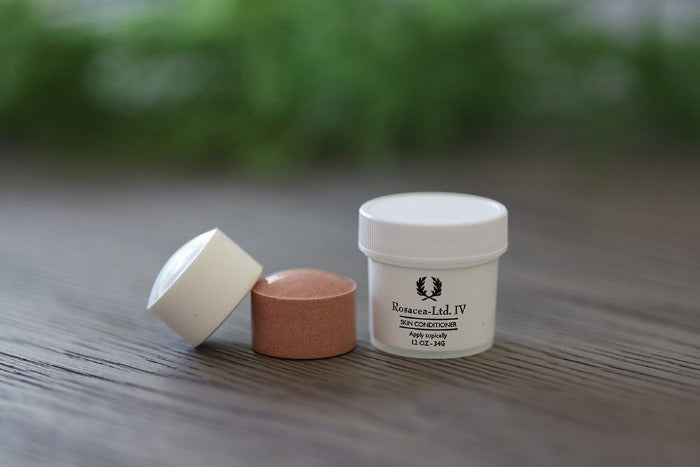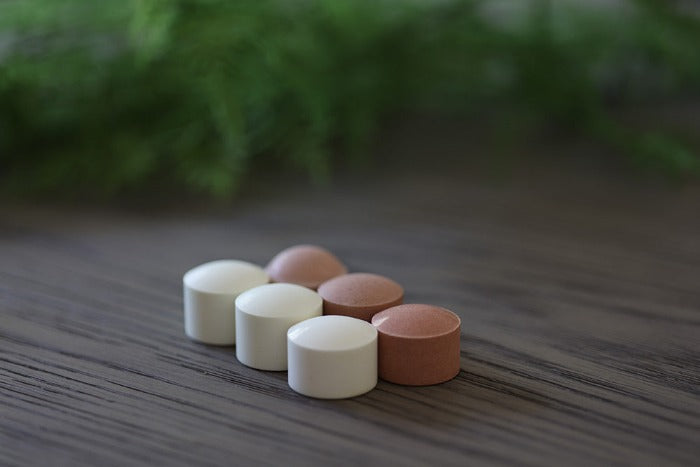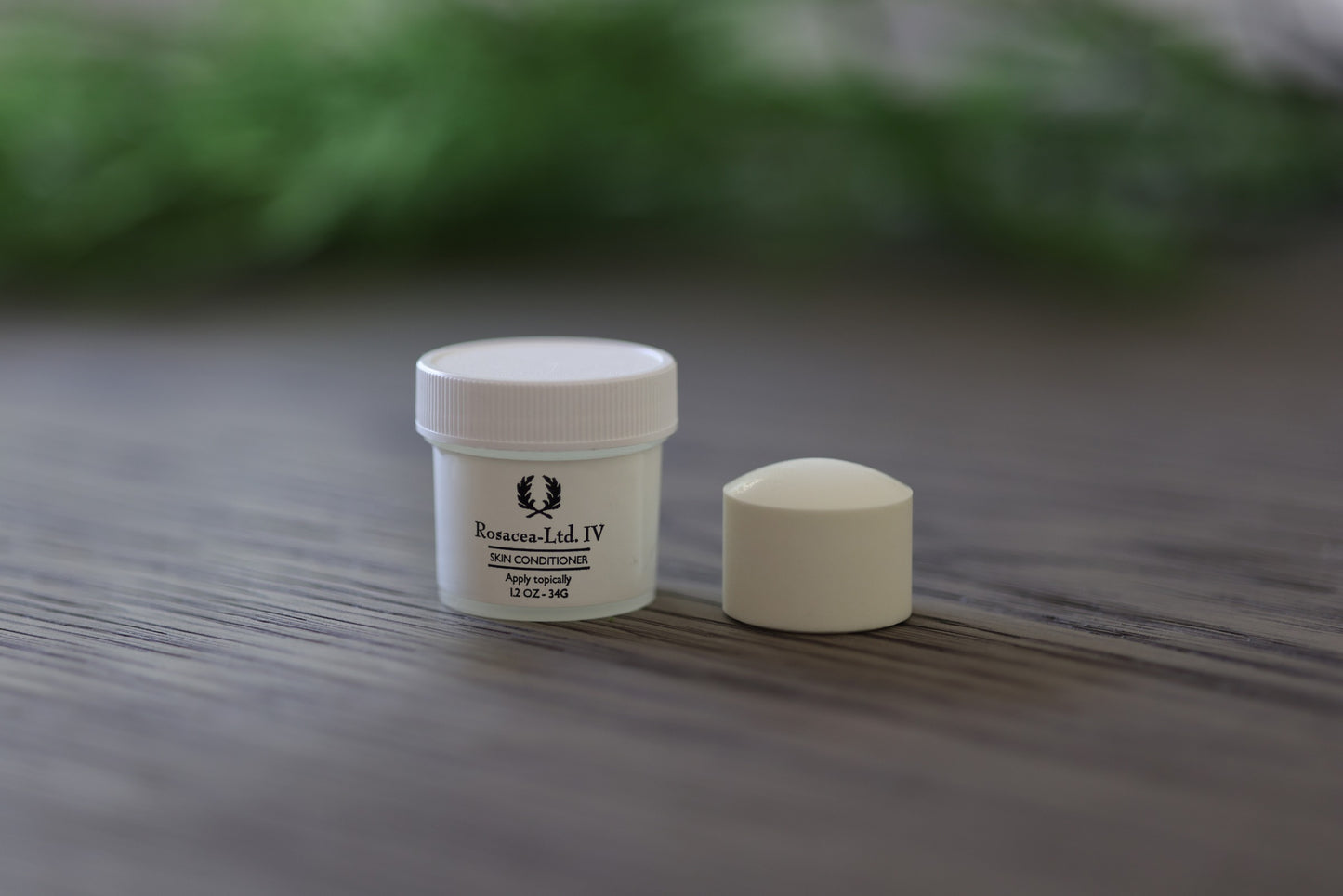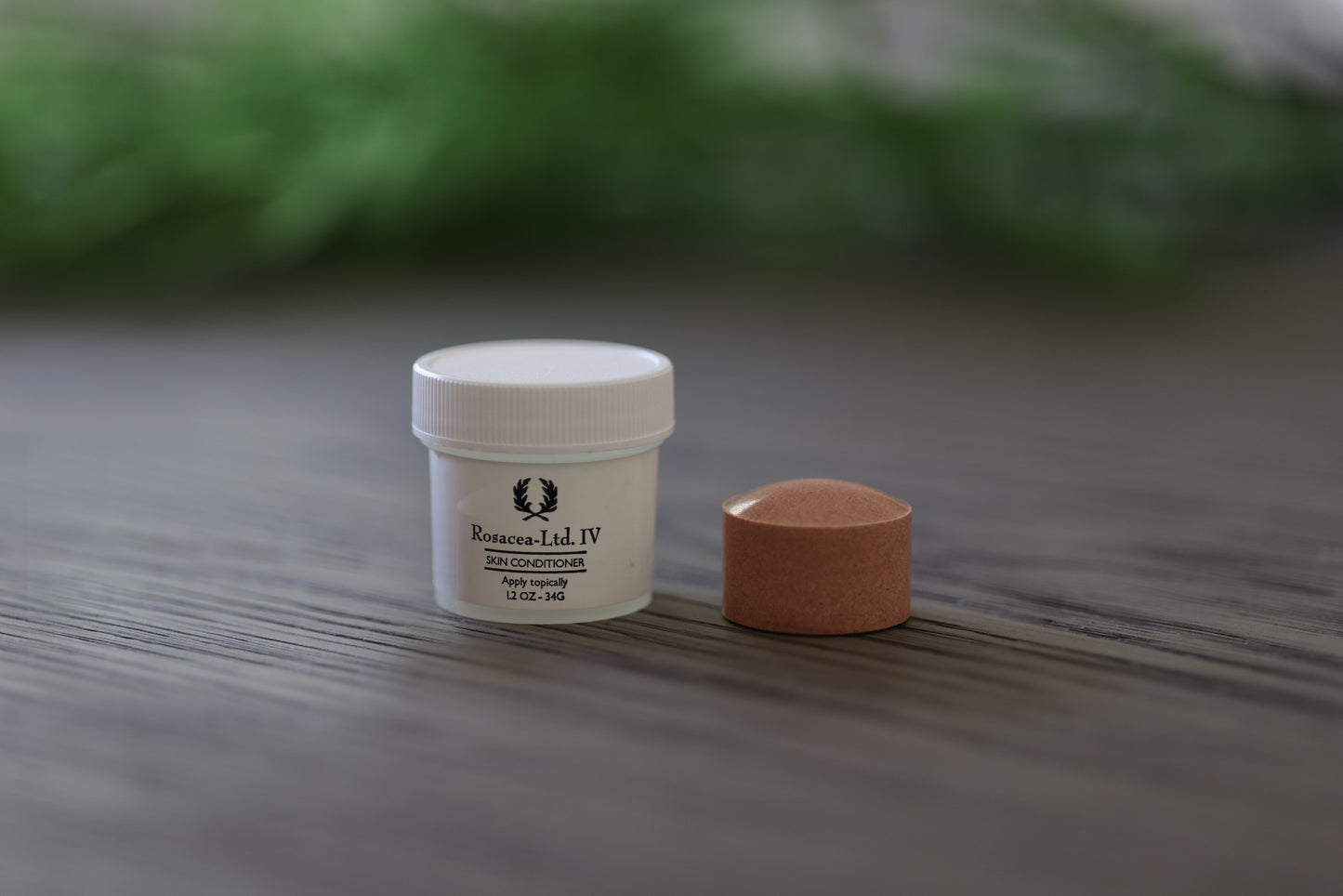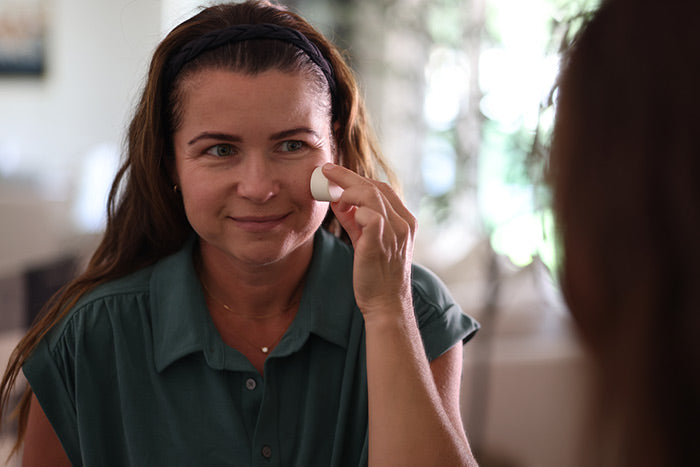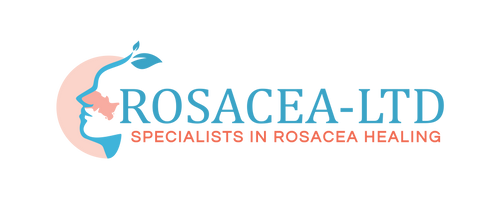Lactic Acid causes Rosacea
Rosacea Redness and Flushing is caused by Lactic Acid from exercise as well as Lactic Acid in some foods
Rosacea redness and rosacea symptoms from exercising are brought on from the wear and tear of the muscles with resulting lactic acid. Your body will let you know when you have reached your anaerobic threshold. Some signs that you have reached that threshold are sweating, tiredness, and fatigue. Your heart rate will be between 80% and 90% of its maximum. The best way to avoid turning red is to stay “aerobic” with oxygen during exercise. Another way to avoid redness is to eat and drink properly.
One of the key reasons for endurance training is to enable the body to perform at a greater pace with a minimal amount of lactate. This can be done by long steady runs, which will develop the aerobic capacity by means of increasing more small capillaries, which improves the transportation of more oxygen to the muscles and by creating greater efficiency in the heart and lungs. If the aerobic (with oxygen) capacity is greater, it means there will be more oxygen available to the working muscles and this should delay or totally avoid the onset of lactic acid at a given work intensity.
If you achieve your lactate threshold during the course of low intensity exercise, it is an indication that the oxidative energy potential of your muscles are performing at peak levels. When your muscles are performing at peak levels, the oxygen breaks down lactate into water and carbon dioxide allowing it to be flushed from the body, thus keeping the lactate from entering the blood stream. A low lactate threshold is an indication that the muscle cells are not receiving sufficient oxygen. It is a signal that the muscles lack adequate concentrations of the necessary enzymes to oxidize or break down pyruvate. A low lactate threshold is a sign that you may have inadequate amounts of mitochondria in the cells of your muscles. Mitochondria are the genetic material responsible for synthesizing food into energy. A lower lactate threshold also indicates the heart, muscles and other tissues in the body are not removing enough lactate form the blood.
Try to avoid or limit those foods with high amounts of lactic acids such as sour milk, butter milk, yogurt, and cottage cheese. Lactic acid may also be used as a fermentation booster in rye and sourdough breads. Lactic acid may also be found in various processed foods, usually either as a pH adjusting ingredient, or in canned foods as the FDA does not allow them to have a pH of less than 4.6 so that they will not spoil by growing bacteria. Fresh and frozen foods are not required to be so acidic.
Try to avoid beer and wines as they contain lactic acid. Consume the distilled alcohols such as gin, vodka, whiskey, etc. as they are not fermented but distilled and have a pH of 4.0 which can be mixed with water and flavored with a tablespoon of fruit juice or almost anything which avoids the lactic acid, keeps a higher pH, which reduces the redness of rosacea and acne pimples and rosacea papules. Likewise, the higher pH of the alcohol drink with water would be approximately 6.0 instead of a 2.5 to 3.7 with beers and wines and would also reduce the hangover effect with less intoxication.
And with less lactic acid, one would be less likely to get a vaginal yeast infection which is no fun for the female or male as it is contagious. The lower pH results in more chances of a bacterial infection that results in antibiotics being provided by the doctor. The result is the vaginal ‘good bacteria’ is killed which sets the environment for a yeast infection. Sometimes yogurts can be good for the female after the use of antibiotics. This allows bacterial growth in the vaginal canal after the very acidic antibiotics have killed the natural ‘good’ vaginal bacteria. The acidic antibiotics result in a lowering of the pH (mechanism of action) which does not allow for the viability of the ‘good bacteria’ to continue to live in the vaginal area thus creating a perfect place for yeast to grow.
You are better off limiting lactic acid within your body as the lactic acid builds and causes more weight gain and redness and a continuous cycle persists. So try to avoid or limit the foods with lactic acid such as cottage cheese, yogurt, wine, beer, etc. and limiting exercise. One would have to continue to exercise heavily to avoid gaining weight or reduce the calories very much. Just remember those football players and weight lifters and the weight gain or muscle loss.
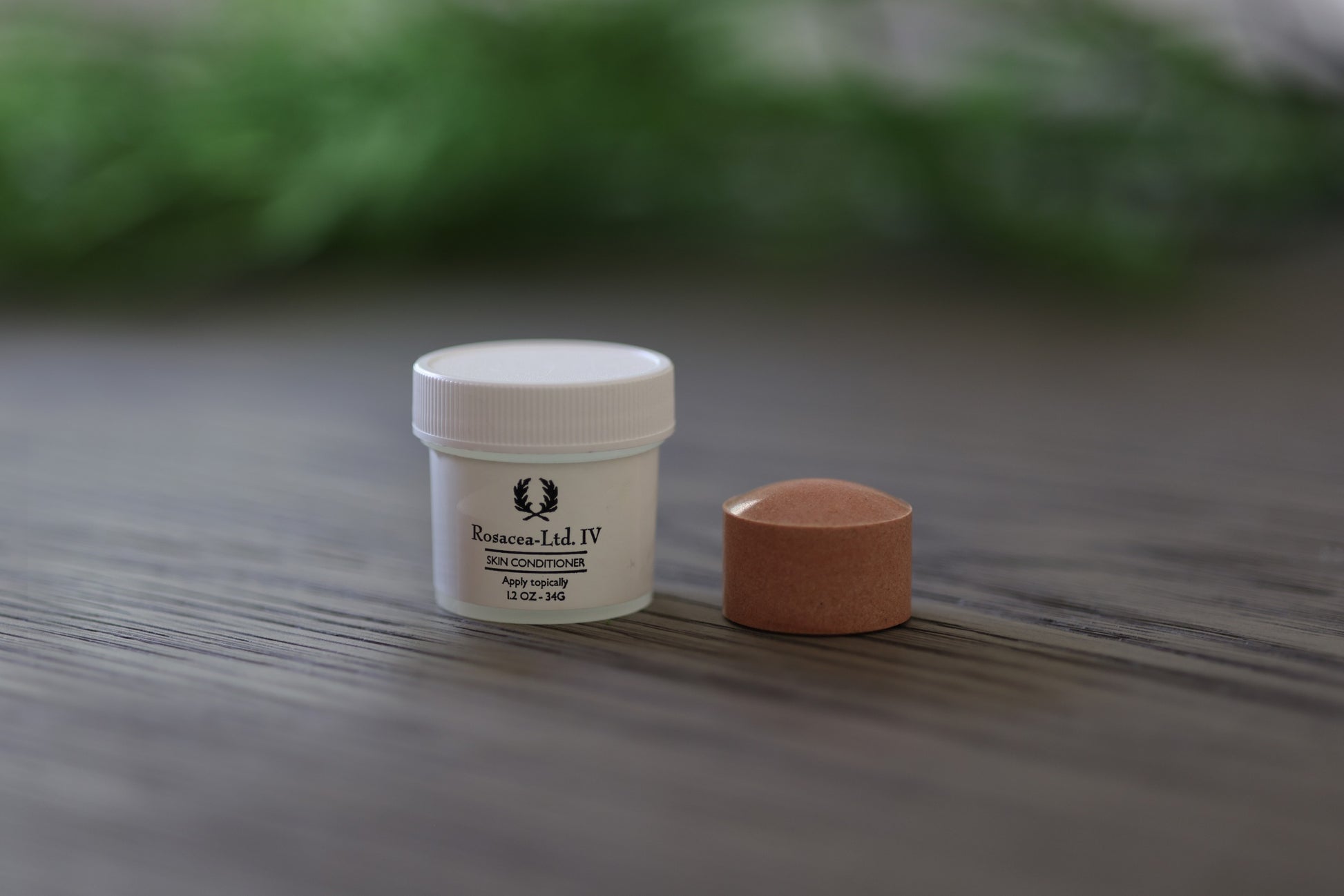
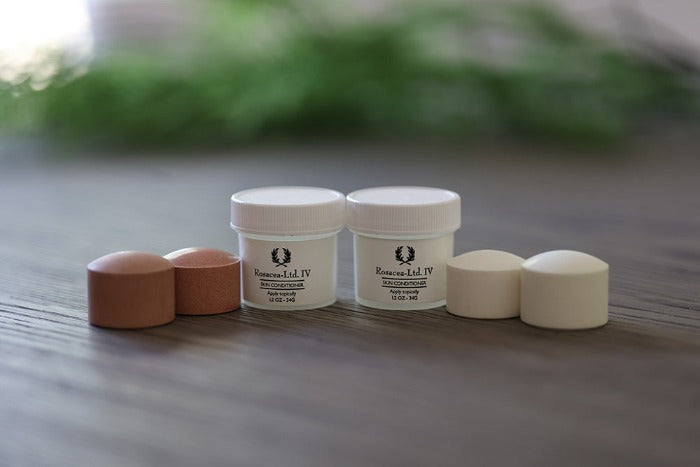
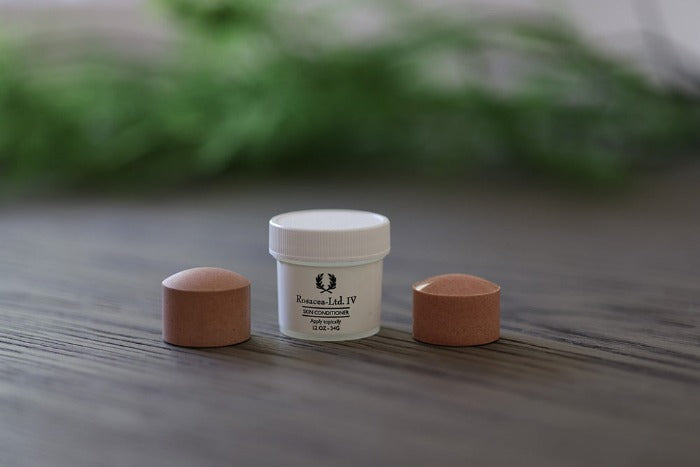
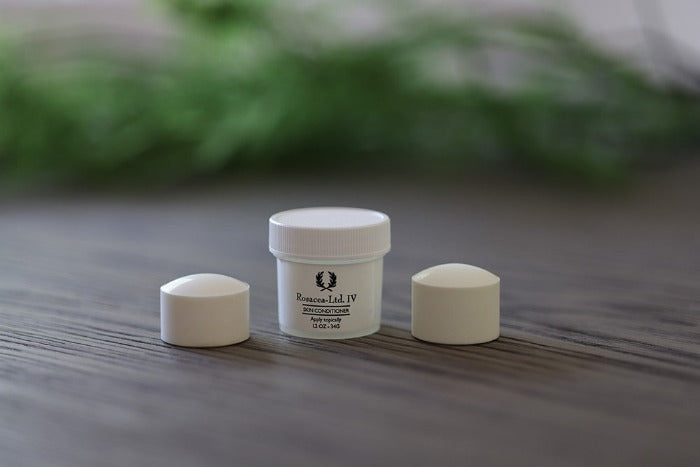
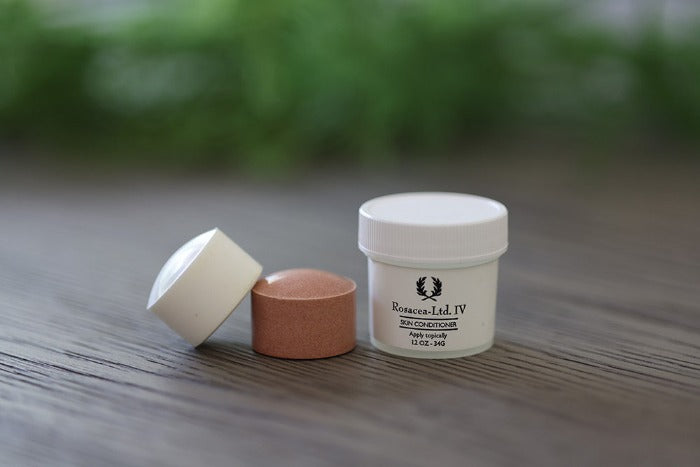

Rosacea-LTD
Rosacea-Ltd IV
